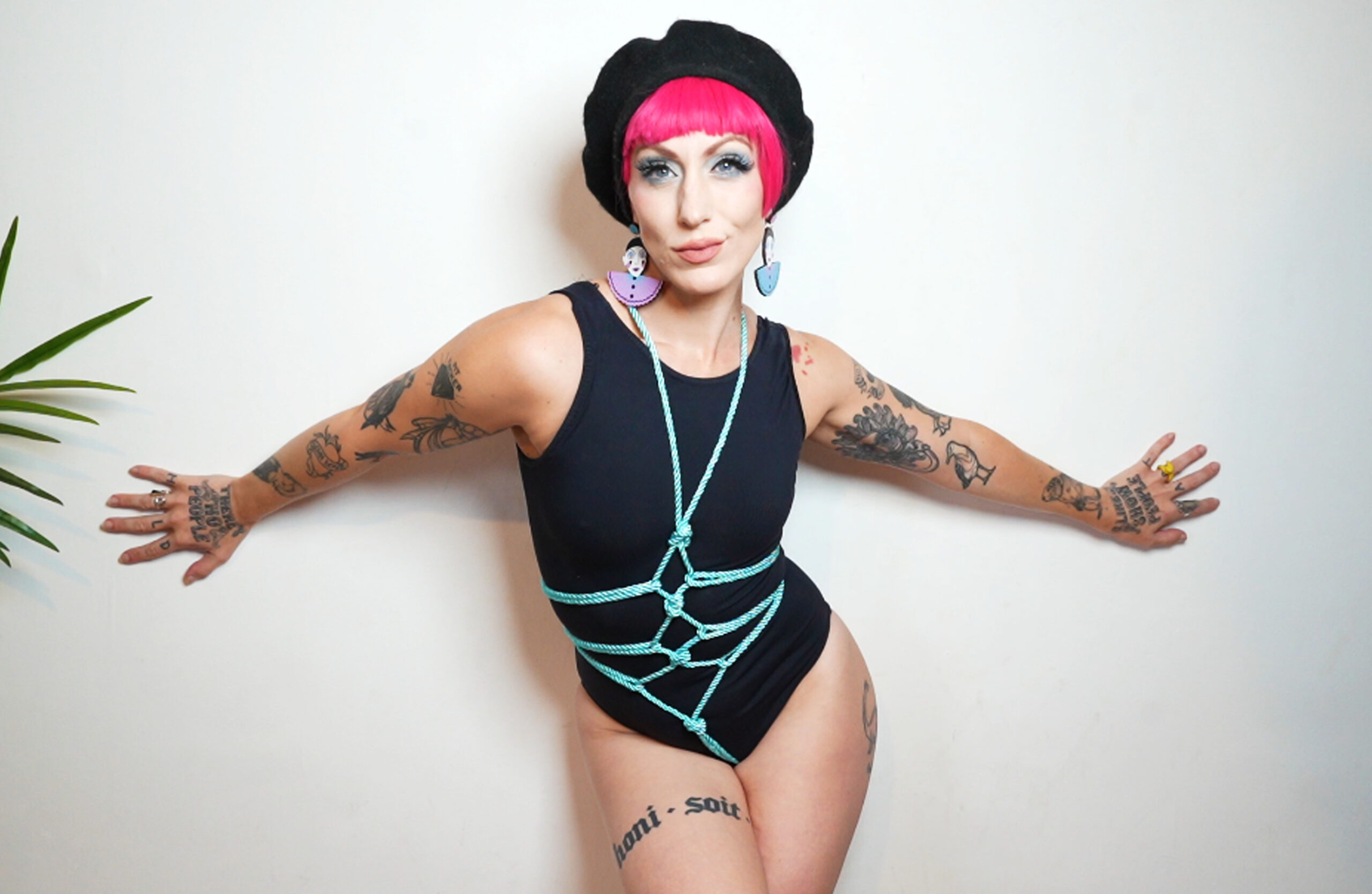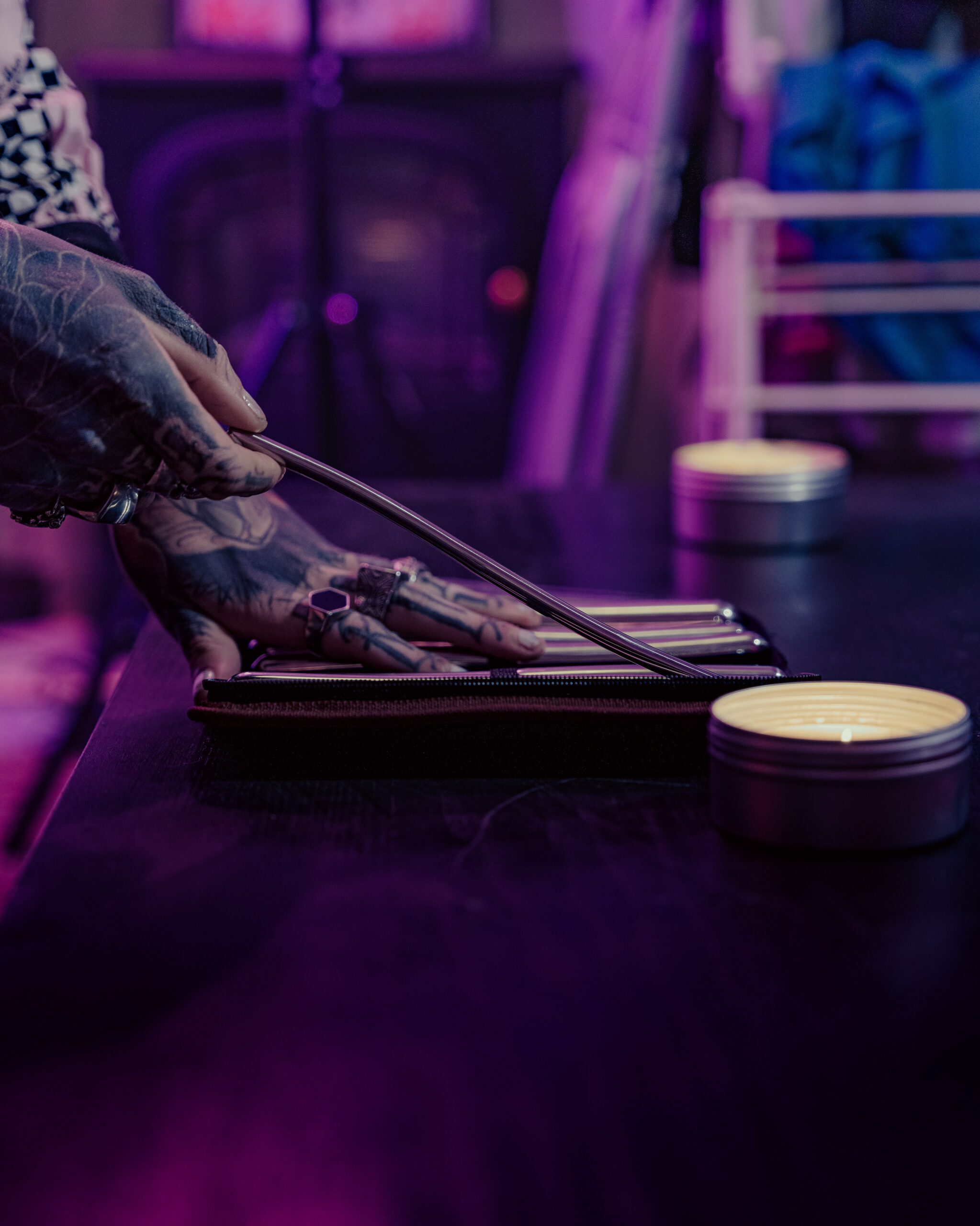What is Pansexuality?
Pansexuality is a sexual orientation characterized by romantic or sexual attraction to people of all genders, regardless of their sex, gender identity, or expression.

Definition
Pansexual individuals are attracted to people based on their personality, character, and connection, rather than solely focusing on their gender. This means they can be attracted to men, women, transgender individuals, non-binary people, and anyone else regardless of how they identify or express their gender.
It’s important to remember that pansexuality is distinct from bisexuality, which typically refers to attraction to two genders. While there can be overlap, pansexuality encompasses a wider range of gender identities and expressions.
Key Characteristics
Pansexuality is a sexual orientation characterized by romantic or sexual attraction to people regardless of their gender identity or expression.
Pansexual individuals are attracted to people based on their personality, character, and connection, rather than solely focusing on their gender.
- Pansexuality encompasses attraction to men, women, transgender individuals, non-binary people, and anyone else regardless of how they identify or express their gender.
- It’s important to note that pansexuality is distinct from bisexuality, which typically refers to attraction to two genders.
Understanding Attraction
Understanding attraction can be a complex journey, and exploring different sexual orientations allows us to broaden our perspectives.

Sexual Orientation vs. Gender Identity
Sexual orientation and gender identity are distinct concepts. Sexual orientation refers to a person’s enduring pattern of romantic or sexual attraction towards others. This can include attractions to individuals of the same gender (gay or lesbian), different genders (heterosexual), or multiple genders (bisexual or pansexual). Gender identity, on the other hand, is an individual’s internal sense of their own gender, which may or may not align with the sex they were assigned at birth.
It’s crucial to remember that these are separate concepts. Someone can be gay and identify as male or female, transgender, non-binary, or any other gender identity. Similarly, someone can identify as straight but have a non-binary partner. Understanding the difference between sexual orientation and gender identity allows for a more nuanced and respectful understanding of individual experiences.
Different Types of Attraction
Attraction is a complex and multifaceted experience that encompasses romantic, emotional, and physical desires. There are various types of attraction, each with its unique characteristics and expressions.
One common distinction is between sexual orientation and romantic orientation. Sexual orientation refers to who a person is attracted to sexually, while romantic orientation refers to who a person is attracted to romantically. These orientations can align or differ from one another.
Sexual orientations often fall into categories like heterosexual (attraction to the opposite gender), homosexual (attraction to the same gender), bisexual (attraction to two genders), pansexual (attraction to people regardless of gender), and asexual (lack of sexual attraction).
Romantic orientations can similarly encompass a range of possibilities, including romantic love for one’s spouse, friends, family members, or even oneself (in the case of self-love).
It’s important to remember that these are just general categories and that individual experiences with attraction can be diverse and complex. There is no single “right” way to experience attraction, and individuals may identify with multiple orientations or find that their attractions evolve over time.
Pansexual Experiences
Pansexuality is a sexual orientation characterized by romantic or sexual attraction to people of all genders. Attraction stems from personality, character, and connection rather than focusing solely on gender identity or expression.
Pansexual individuals can be attracted to men, women, transgender individuals, non-binary people, and anyone else regardless of how they identify or express their gender.
Relationships and Dating
Pansexuality is a sexual orientation where individuals are romantically or sexually attracted to people regardless of their gender identity or expression.
It’s about connecting with someone based on their personality, character, and the bond you share, rather than focusing solely on gender.
A pansexual person might be attracted to men, women, transgender individuals, non-binary people, and anyone else, regardless of how they identify or express their gender.
Understanding pansexuality involves recognizing that it’s distinct from bisexuality, which typically refers to attraction to two genders. Pansexuality encompasses a broader spectrum of gender identities.
Dating as a pansexual person can be similar to dating for anyone else – it involves finding someone you connect with on various levels.
It might involve navigating societal norms and expectations around relationships, especially if those norms are not inclusive of pansexuality.
Open and honest communication about your identity and what you’re looking for in a relationship is crucial.
Challenges and Discrimination
Pansexual individuals can face a variety of challenges due to societal misconceptions and prejudices. Some common experiences include:
Coming out as pansexual can be difficult for some, as they may fear negative reactions from family, friends, or society at large.
They might experience discrimination in areas such as housing, employment, or healthcare.
Misunderstandings about pansexuality can lead to assumptions and stereotypes, making it challenging for pansexual individuals to be seen and understood for who they truly are.
Education and awareness are crucial in addressing these challenges. Promoting inclusivity and acceptance of diverse sexual orientations helps create a more supportive environment for pansexual individuals to live openly and authentically.
Being Pansexual in Society
Pansexuality is a sexual orientation where individuals experience attraction to people regardless of their gender identity or expression.
This means a pansexual person might be attracted to men, women, transgender individuals, non-binary people, and anyone else, regardless of how they identify or express their gender.
It’s about connecting with someone based on their personality, character, and the bond you share, rather than focusing solely on gender.
Visibility and Representation
Pansexuality is a sexual orientation characterized by attraction to people regardless of their gender identity or expression.
This means that pansexual individuals can be attracted to men, women, transgender individuals, non-binary people, and anyone else, regardless of how they identify or express their gender.
It’s important to remember that pansexuality is distinct from bisexuality, which typically refers to attraction to two genders. Pansexuality encompasses a broader range of gender identities and expressions.
Visibility and representation of pansexual individuals in media, popular culture, and everyday life are crucial for fostering understanding and acceptance.
When pansexual people are portrayed authentically and positively, it helps to challenge stereotypes and create a more inclusive society.
It also allows pansexual individuals to see themselves reflected in the world around them, which can be empowering and validating.
Resources and Support
Pansexuality is a sexual orientation where individuals experience romantic or sexual attraction to people regardless of their gender identity or expression.
This means that pansexual people might be attracted to men, women, transgender individuals, non-binary people, and anyone else, regardless of how they identify or express their gender.
It’s about connecting with someone based on their personality, character, and the bond you share, rather than focusing solely on gender.
- Pansexuality is a distinct sexual orientation that encompasses attraction to all genders.
- It is important to understand the difference between pansexuality and bisexuality, as they have different definitions.
Resources for Pansexual Individuals:
- PFLAG (Parents, Families, and Friends of Lesbians and Gays): Offers support, education, and advocacy for LGBTQ+ individuals and their families.
- The Trevor Project: spanking toys Provides crisis intervention and suicide prevention services for LGBTQ+ youth.
- GLAAD (Gay & Lesbian Alliance Against Defamation): Works to promote LGBTQ+ acceptance through media representation and advocacy.
It’s essential to create safe and supportive spaces where pansexual individuals can express themselves freely and authentically.
The CBD Consultancy
The Emotions
- THC-Infused Drinks:A New Frontier In Mixology - December 6, 2025
- THC Drinks Vs Vape Pens: Pros And Cons - December 5, 2025
- Temple Filler How Long Does It Last - December 4, 2025
